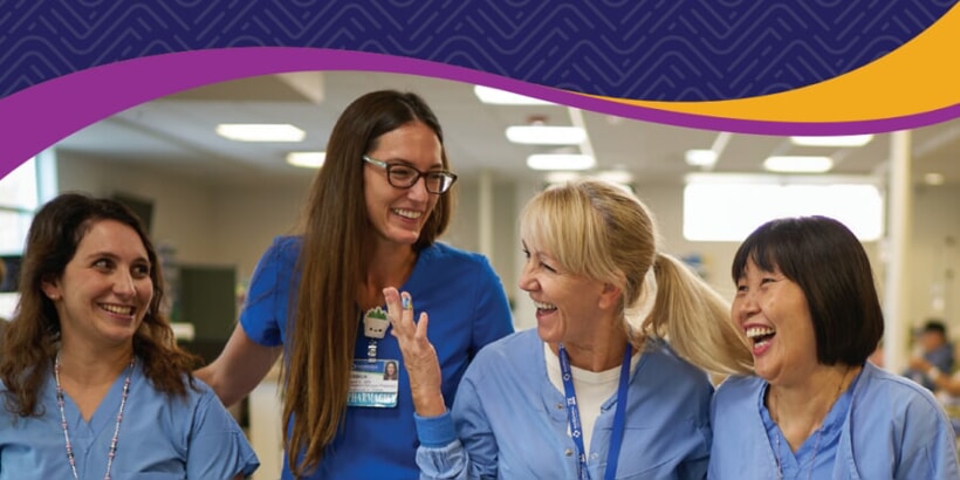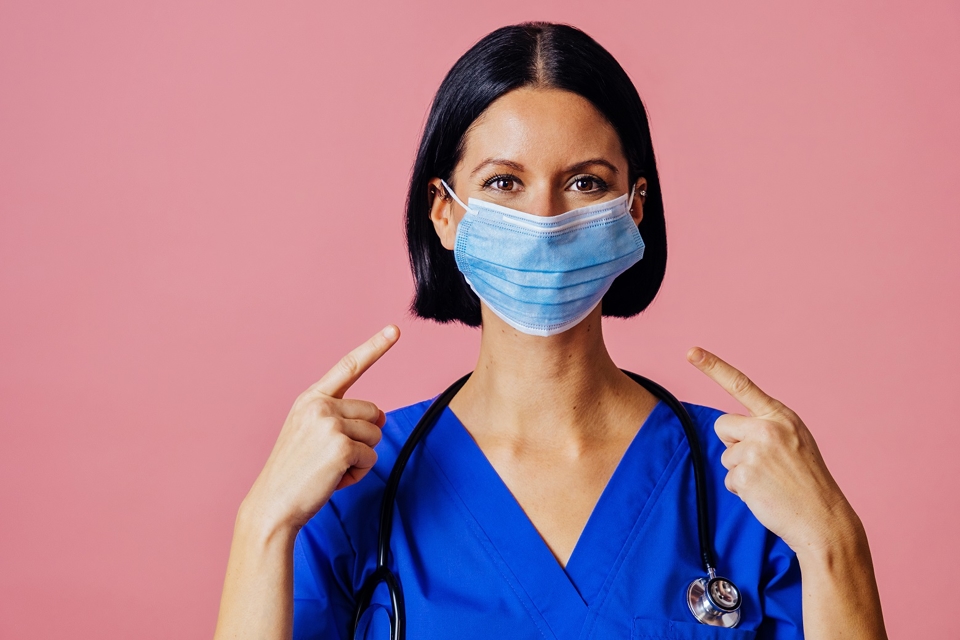Our bodies are made for movement, designed to get us from one place to another and to keep us fed and warm and safe.
For generations the daily motions of life, whether in agricultural work or through other physical labor, were ingrained in our existence. But for many of us today the physical motions of work are gone from our day-to-day experience and we need to incorporate activity through exercise and purposeful movement.
We literally must move to sustain a healthy body.
Our joints, in particular, need to move and experience a wide range of motions. This is because of how they are made.
Take the cartilage surface of our joints. This is the slippery, tough tissue on the end of bones that allows the ends of two bones to glide instead of scrape against each other where they meet at a joint. The cartilage does not have a blood supply and the cells that live in the cartilage and make and maintain it have to get their food from passive diffusion of nutrients through the synovial (joint lubricating) fluid, which gets it from the bloodstream. When the joint is moved, or compressed, the cartilage acts like a sponge and releases water and dissolved wastes into the synovial fluid, where it can be picked up by the bloodstream. After the compression is released on the joint cartilage, it then soaks up fresh synovial fluid with the sugars and proteins the cartilage cells need to keep the joint healthy and doing its job — which is to allow the body to move.
The kinds of motions our bodies can perform are highly varied and include climbing a tree, swimming a river, jumping from boulders, carrying equipment or a baby, hoeing a row of corn and throwing stones. Those activities, among many others, are literally life-sustaining under certain circumstances and just a few generations back they would have been daily activities for our ancestors.
The ease of modern life has removed the need for us to move our bodies in all these varied ways on a regular basis. For some, this means that we move from one chair to another and move not much more than a foot depressing the accelerator or a finger depressing a mouse key. Others do more activity than this but instead of a wide variety of motions, they may find themselves doing just a few repetitive motions on a regular basis and this can lead to other problems.
When problems do arise, the five surgeons at Marshall Medical Orthopedics in Placerville are experienced physicians and have expertise in many innovative, less-invasive approaches from arthroscopic repair to non-surgical intervention to total joint replacements. Each of us specializes in a different area of the body so that we have the options to give each patient the personalized attention they need and deserve. We have solutions for people at different stages of life and with different activity goals.
We’re also pleased to welcome a new surgeon to our team, Brandon Beamer, MD. Dr. Beamer is one of the few orthopedic surgeons in Northern California who is fellowship trained in hip arthroscopy.
We each approach our patients as unique individuals so that we can tailor our treatment recommendations based on your needs.
So do your joints and your life a favor — give your body a feast of nutrients and get out and move as much as you can and in as many different ways as you can.
And should you develop a problem area, do yourself and favor and schedule a consultation with one of us at Marshall Medical Orthopedics. Get your life back so that you can continue to move and make the most of it.
Troy Dickson, MD, is an Orthopedic Surgeon with Marshall Medical Orthopedics in Placerville. The team also includes Stephen Cyphers, MD; Chris Molitor, MD; Taylor Vance, MD; and Brandon Beamer, MD.
Marshall Medical Orthopedics is located at 4300 Golden Center Drive, Suite C in Placerville. For more information call (530) 344-2070 or visit marshalldoctors.org.





